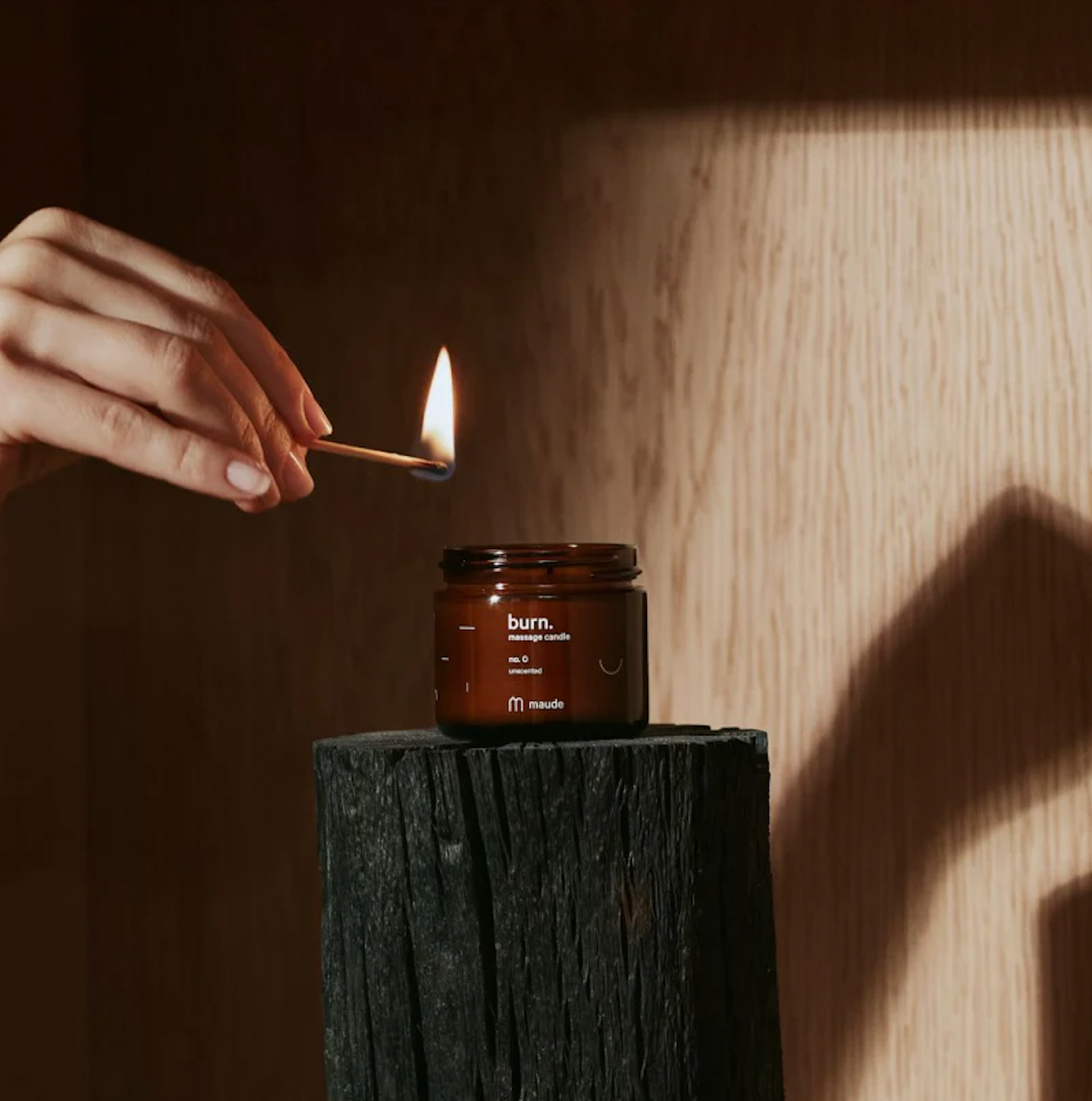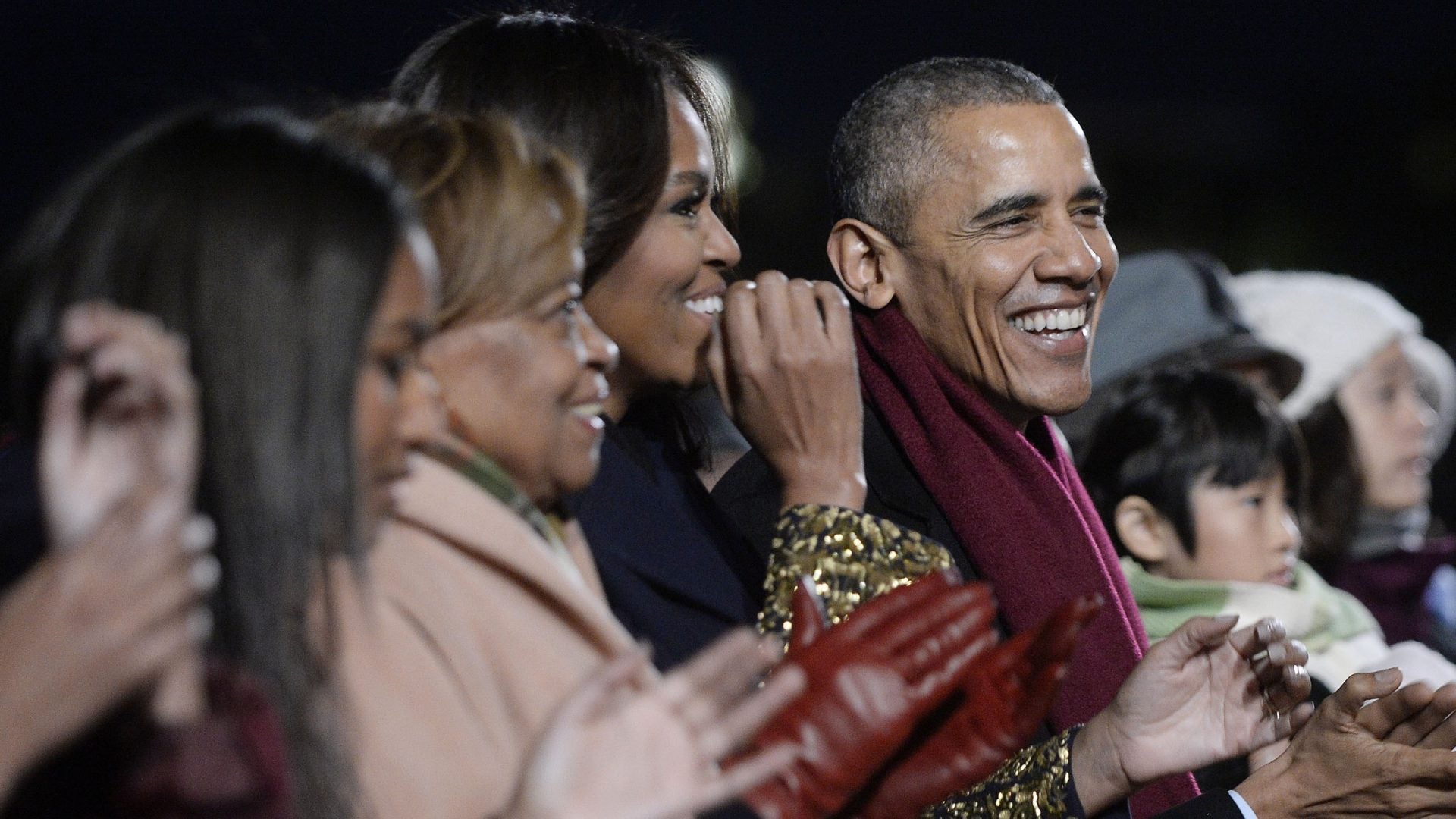
When a young, charismatic Illinois state senator gave the keynote address at the 2004 Democratic National Convention, the nation’s ideas about what a U.S. President could look like began to shift. But as Barack Obama recounts in A Promised Land, his historic two terms in office were hard-fought. Here, he shares more about his eight years in the White House, including how personalized the Oval House and why it was important for Michelle Obama to uplift the holiday spirit at The White House.
The enthusiasm during your first term in office was in large part created by the fervently hopeful messaging of your campaign. In your recent memoir, you expound on the challenges that could have dampened that hope. How did you maintain your optimism when it seemed, at times, that the world was against you?
BARACK OBAMA: Well, my name’s Barack Hussein Obama and I made it to the White House, so I’ve always been able to maintain a good sense of optimism. What I know is that Americans are fundamentally good and generous. I’ve read thousands of personal letters from them. And I’ve found that as long as I can keep their stories in mind, I stay pretty centered. My time in the White House reminded me of something I’d known about myself for years: I often felt the steadiest when things were going to hell. So setbacks—like losing in New Hampshire in the primary, losing a Senate seat during the push for healthcare reform or any of the many, many potholes we encountered—didn’t shake my faith in what was still possible.
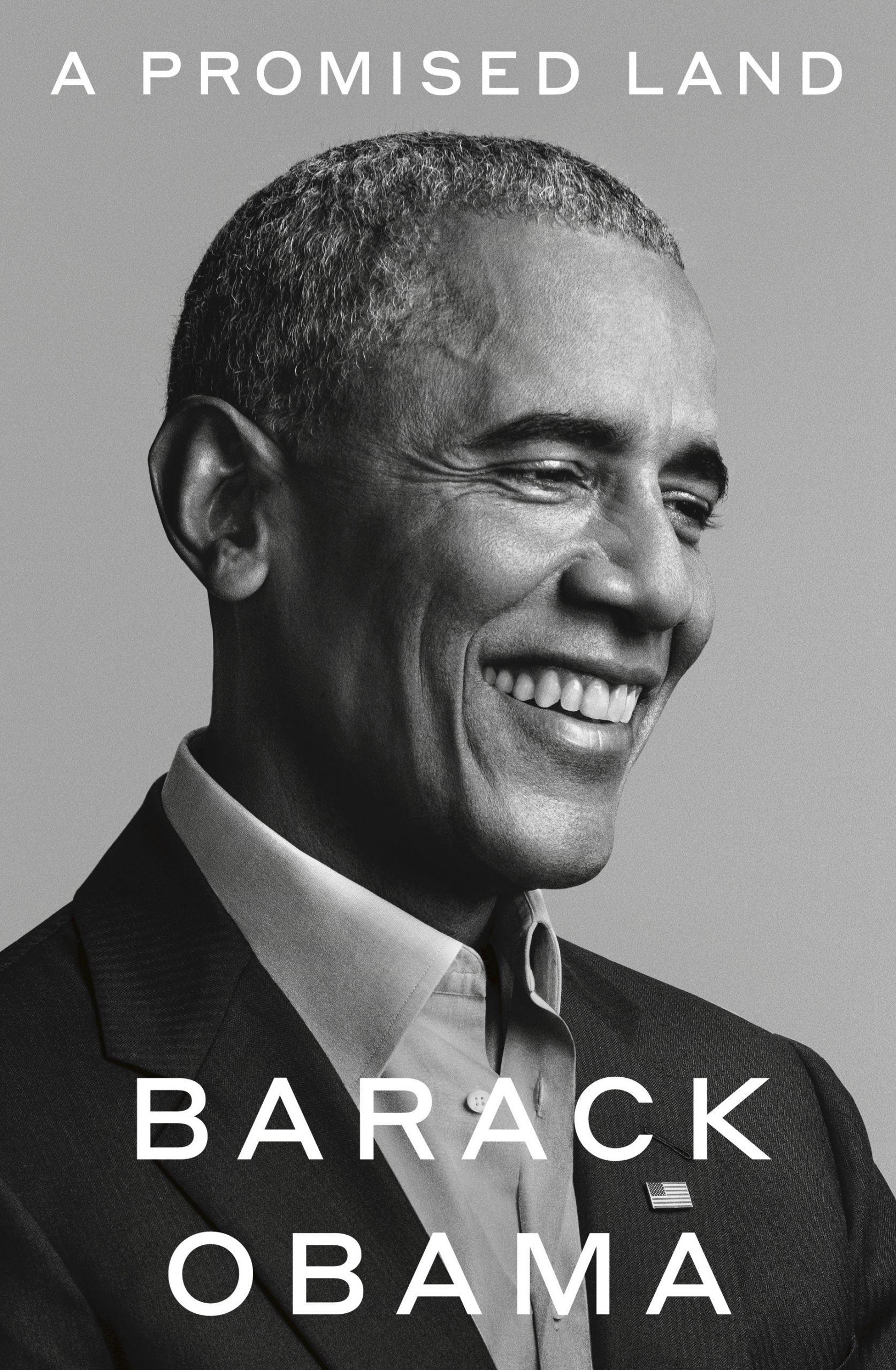
Reading your book, and hearing about the nuanced thought that goes into “high-stakes decision making,” one saying comes to mind: The devil is in the details. When did you find your rhythm when it came to problem-solving?
OBAMA: I was always aware of the weight of the job. Sometimes it was a little heavier—like when I first took office and hundreds of thousands of Americans were losing their jobs every month, or when I was making decisions about whether to send young men and women to war. When you’re the President of the United States, no decision comes to your desk that’s not 50-50, with real consequences on either side. But if you surround yourself with the right people—experts, scientists, people who believe in public service and think government can do some good—at least you know those decisions can be made in good faith.
As far as finding a rhythm to the job, it wasn’t really until we were out of the woods on the economic crisis, and maybe not until my second term, that I really felt like I was in the zone and I’d found my game as president. I got a taste of what it might have felt like to be Michael Jordan in Game 7. My basketball game never quite gave me that feeling. [Laughs.]
Why is it so important to tell your own story about your two terms as President?
OBAMA: Well, I’ve tried to provide an honest accounting of my time in office—everything from the key events to the political, economic and cultural forces that shaped them. I’ve tried to be clear-eyed in my take on what I got right and the mistakes I made. And I’ve tried to give readers a sense of the personal journey that Michelle and I went through during those years, with all the incredible highs and lows.
Even if my presidency didn’t usher in a “post-racial America”—something you never heard me or my staff say, by the way—maybe young people across the country saw themselves differently, their own possibilities expanded. And I hope they read this and see reasons to dive in, to be optimistic and to believe they can make a difference. Because they can. They really can.
After all the pomp and circumstance of the first inauguration and settling your family into the White House, what was the first thing you did in the Oval Office as far as making it yours?
OBAMA: You know, I’d never actually been inside the Oval Office before I was elected president. It’s smaller than you might think, but its tall ceilings and breathtaking lighting give it a grand feeling that matches up with the historic photos and newsreels. So much in there, I’d never want to touch or make my own—the Resolute desk, Washington’s portrait above the fireplace, and Remington’s famous bronze cowboy.
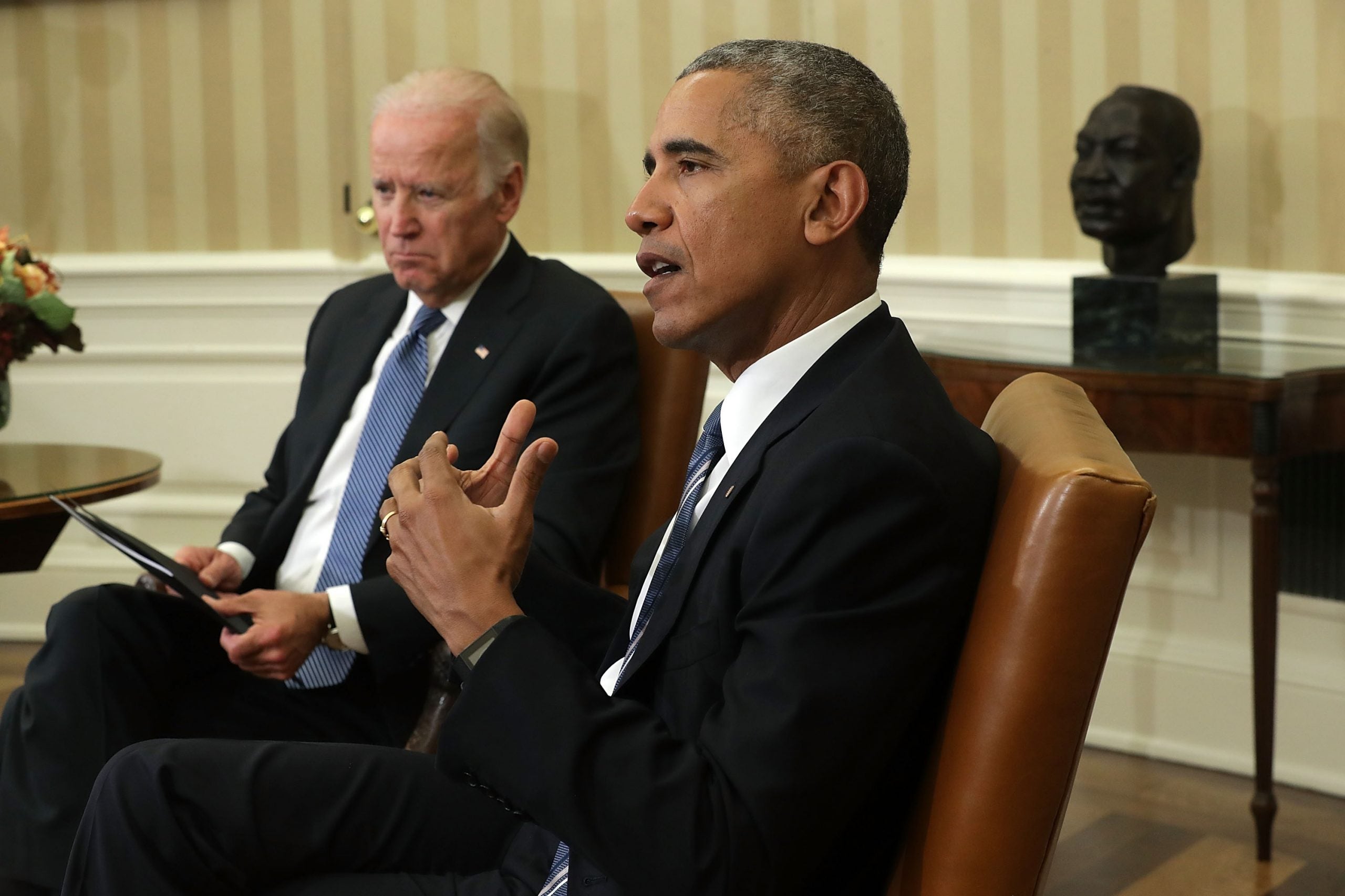
But there were a few flourishes I did add—an original program from the March on Washington for Jobs and Freedom, and a bronze bust of Dr. Martin Luther King Jr. that I had moved from the White House Library into the Oval. There’s an adjoining dining room and study that I filled with mementos I’d gathered over the years—a framed Life magazine cover of the Selma march, signed by John Lewis, a brick from Abraham Lincoln’s law office in Springfield, a pair of boxing gloves from Muhammad Ali, and Ted Kennedy’s painting of the Cape Cod coastline, which he’d sent to me as a gift after I’d admired it in his office. But because we were in the middle of a historic recession when I entered office, we didn’t want to do any major redecorating or change the furniture at a time when so many Americans were struggling.
I spent most of eight years in the Oval Office, listening to intelligence reports, hosting heads of state, cajoling members of Congress, and posing for pictures. I laughed, cursed, and more than once fought back tears in that room. I grew comfortable enough to put my feet up or sit on the desk or steal a nap on the couch. But I’d never fully rid myself of the sense of reverence I felt whenever I walked into the Oval Office.
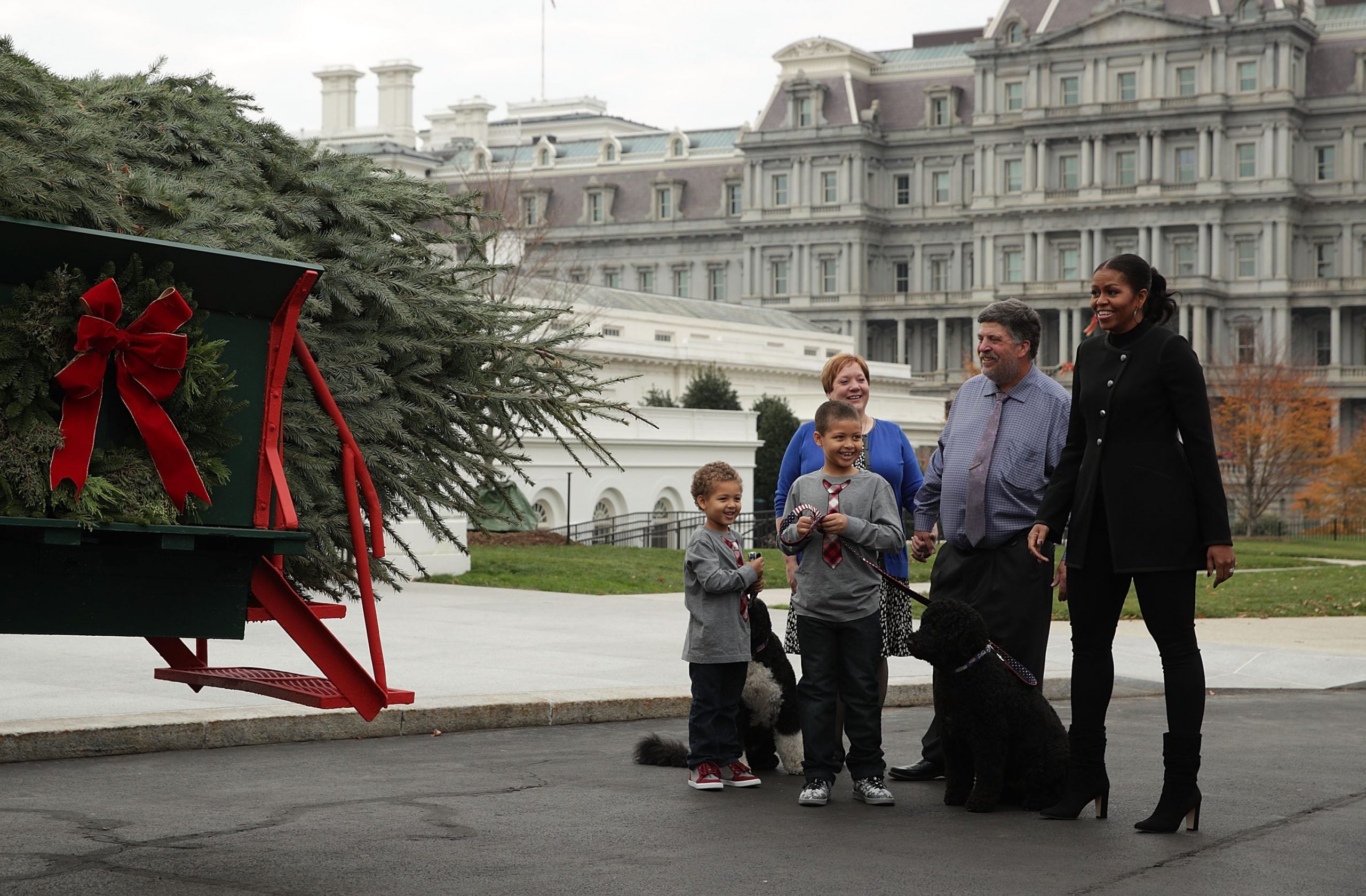
It’s the holidays and many officials are advising families to use caution as they gather for the holidays. But in your years at the White House, what was the moment you loved sharing with the people as President during this time?

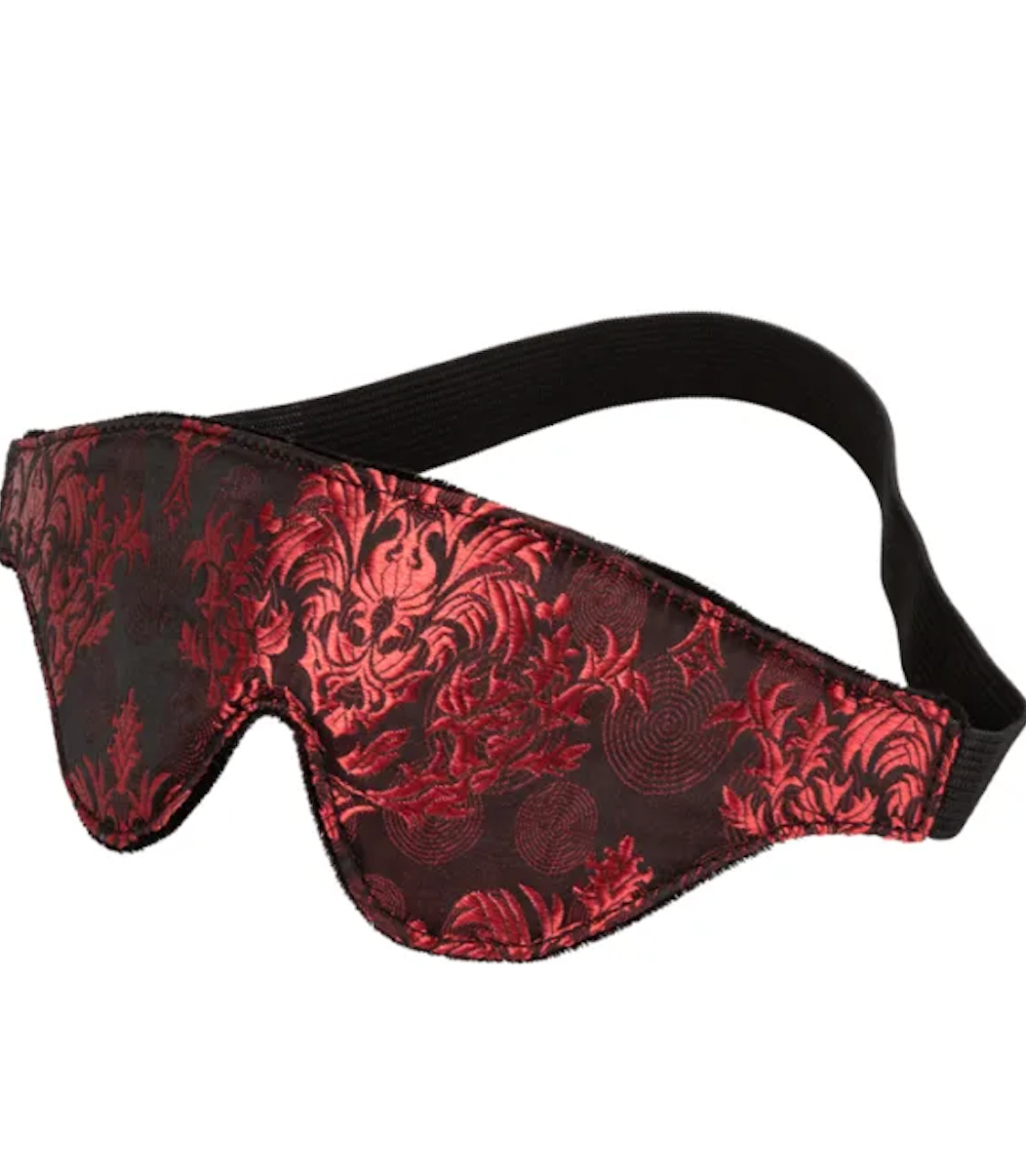
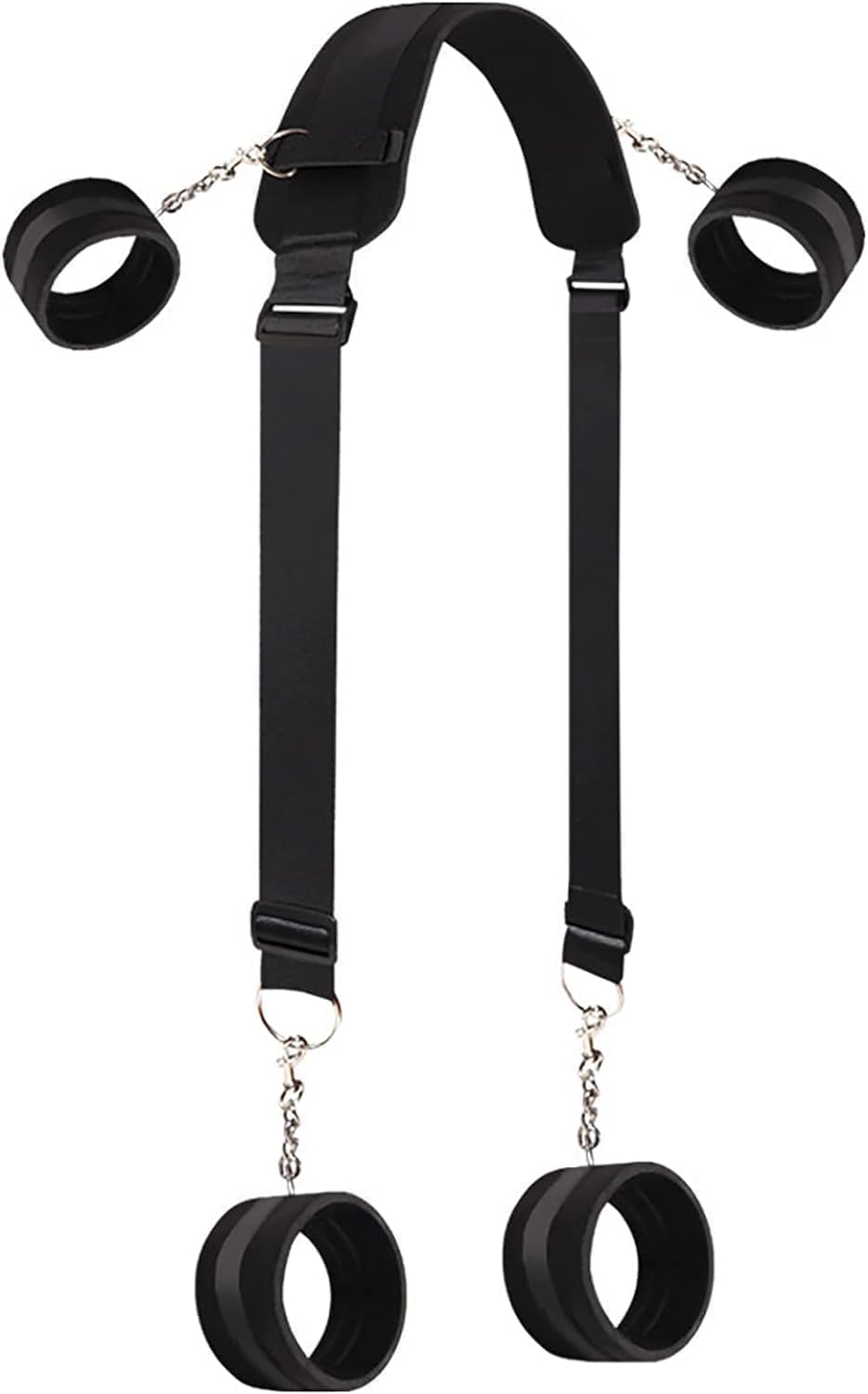




Well, the holidays were wonderful at the White House. The whole place smelled like a Christmas tree farm—from the East Wing to the Residence to the West Wing. The decorations adorned the trees, halls, and grand foyer. The Rose Garden was strewn with lights. The White House pastry chefs prepared an elaborate gingerbread replica of the residence, complete with furniture, curtains, and miniature versions of our dogs, Bo and Sunny. They even made Bo and Sunny cookies, which were very popular with guests, but I couldn’t bring myself to eat them.
Michelle worked hard to make sure as many Americans as possible could get in and experience their White House all year round, but especially when it was all decked out for the holidays. So the number of people walking through the halls each day dramatically increased for a few weeks. That was always fun.
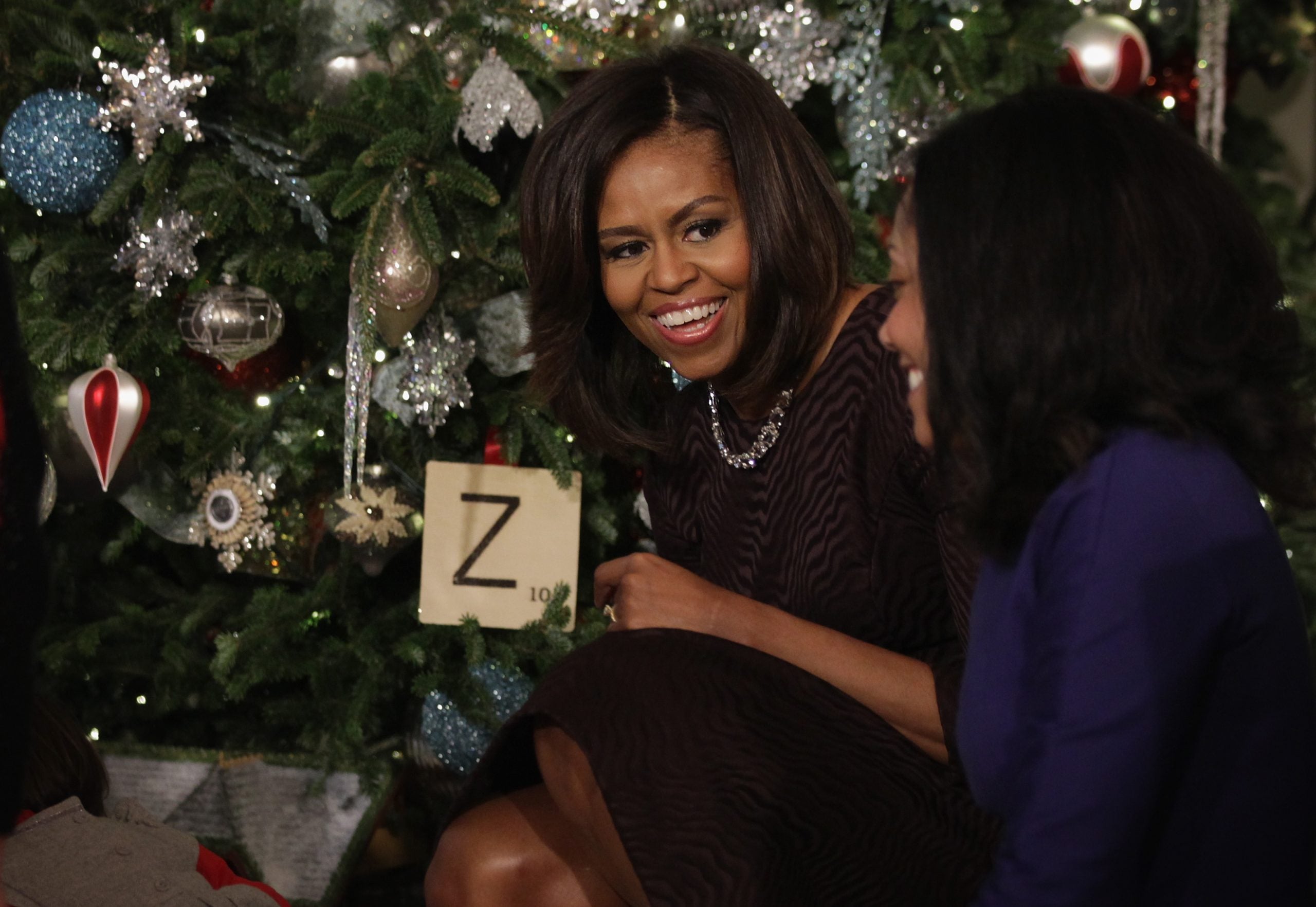
Of course, with the pandemic, the holidays will be a little different for everybody. So I hope everybody listens to public health officials and abides by guidelines that can keep everybody safe. That way, we can make sure a lot more people will be able to celebrate the holidays together next year and beyond. And I hope we all keep in mind this holiday season that, with the economic downturn, so many of our fellow Americans are struggling—and those of us who can do our part should do our part to extend a hand to people who need some extra help.
